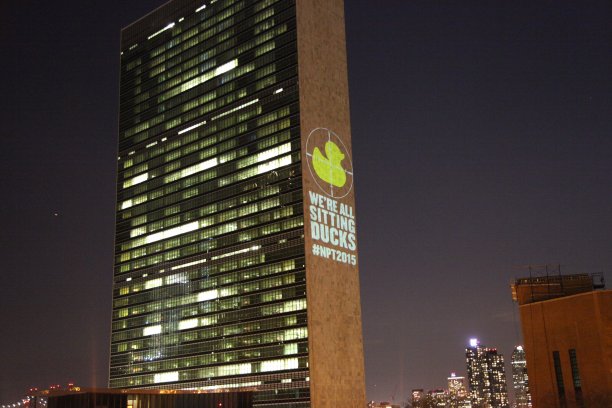Nuclear Proliferation: Difference between revisions
Siterunner (talk | contribs) No edit summary |
Siterunner (talk | contribs) No edit summary |
||
| Line 12: | Line 12: | ||
○ ○ ○ ○ ○ ○ ○ ○ ○ ○ ○ ○ ○ ○ ○ ○ | ○ ○ ○ ○ ○ ○ ○ ○ ○ ○ ○ ○ ○ ○ ○ ○ ○ ○ ○ ○ ○ | ||
Revision as of 12:22, 5 May 2015
2014/2015
Escalation, Echoes of Assured Destruction
http://strategicdemands.com/new-nuclear-arms-race/
http://strategicdemands.com/npt-treaty-at-risk/
http://strategicdemands.com/blip_on_the_screen/
http://strategicdemands.com/going_bzhrk/
○ ○ ○ ○ ○ ○ ○ ○ ○ ○ ○ ○ ○ ○ ○ ○ ○ ○ ○ ○ ○
May 2015
http://www.globalzero.org/get-the-facts/nuclear-risk-reduction
GLOBAL NUCLEAR RISK REDUCTION
As world leaders descended on the United Nations in New York for the 2015 Non-Proliferation Treaty (NPT) Review Conference, the Global Zero Commission on Nuclear Risk Reduction — led by former U.S. Vice Chairman of the Joint Chiefs of Staff General James E. Cartwright and comprised of international military experts — issued a bold call for ending the Cold War-era practice of keeping nuclear weapons on hair-trigger alert.
The Commission's extensive report calls for (1) an urgent agreement between the United States and Russia to immediately eliminate "launch-on-warning from their operational strategy, and to initiate a phased stand down of their high-alert strategic forces, beginning with taking 20% of both countries' nuclear forces off launch-ready alert within one year and 100% within 10 years; and (2) a longer-term global agreement requiring all nuclear weapons countries to refrain from putting nuclear weapons on high alert.
